Liposuction is a cosmetic surgical procedure used to remove excess fat from various areas of the body. Abdominal liposuction is a plastic surgery that is used to decrease fat on your belly. Several sorts of liposuction are used. There are traditional, tumescent, and ultrasonic liposuction. Each of these procedures needs a particular time for recovery and has different effects.
Recovery
How long the recovery will last depends on the sort of liposuction which was used. Traditional liposuction demands longer hospitalization. It is performed while the patient is under anesthesia. After the procedure, the patient will need a longer time to rehabilitate. Also, this is a painful procedure and a transfusion might be needed if a lot of blood is lost.
Ultrasonic liposuction can be done under the local and general anesthesia. How long the patient will stay in the hospital depends on the patient and the amount of fat removed from his belly.
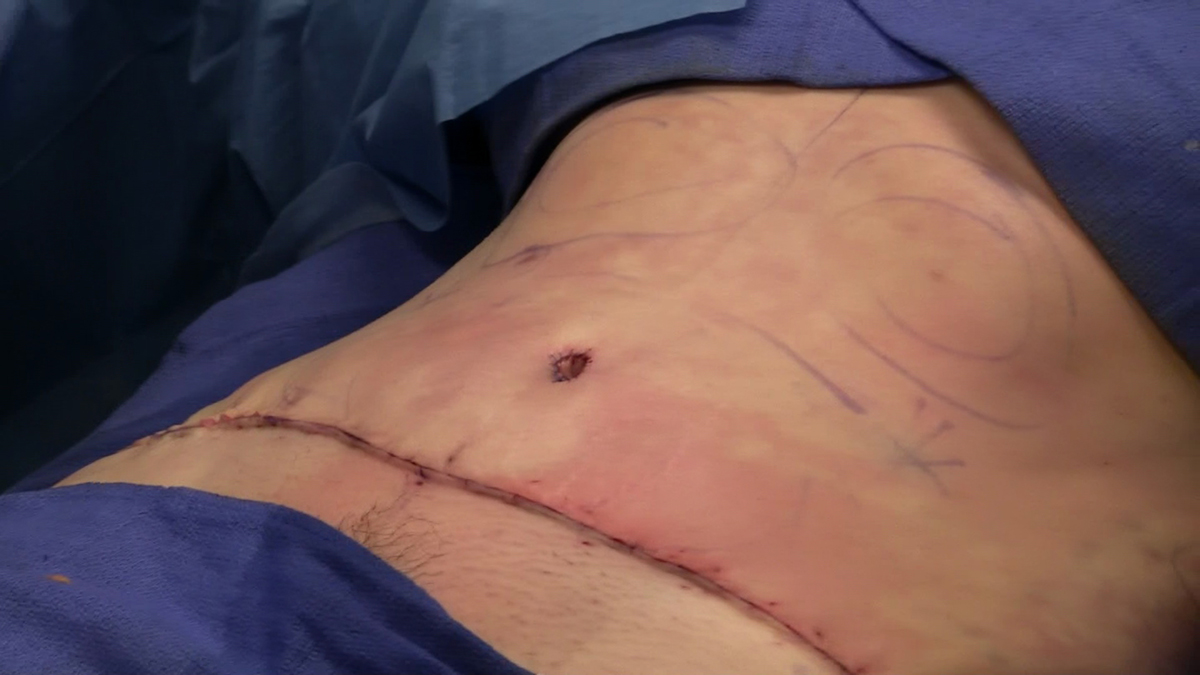
After the procedure, the patient is advised to rest for a few days, even if he is not in the hospital. Tumescent liposuction is performed with the help of the local anesthetic. The patient can recover in a short period. This procedure can be done not only in the hospital but also in a doctor’s office.
Pain after the surgery can last from 24 to 48 hours, and it can be reduced with analgesics. The pain is not as strong after traditional liposuction. Inflammation can occur after the surgery, and if you feel any symptoms of infection, you should see your doctor.
Five to seven days after the surgery, you will have to see your doctor. He will examine if your wound is recovering and change bandages if necessary. It takes two to four weeks to fully recover after a traditional liposuction, a few days or weeks after an ultrasonic liposuction, and only a few days after a tumescent liposuction.
Post Op Period
Because of the big changes on the skin after the procedure, swelling and bleeding can occur. A person needs to wear clothes that are tight and elastic for 14 to 21 days after the procedure. Also, it would be good for a patient to start with a gentle workout right after the procedure. The intensity of exercise should increase over time. If you have done this procedure, you should know that the removed fat could come back. Proper eating habits and everyday workouts will help you keep your weight under control.
- From January 2007 to December 2012, we have done more than 600 cases of liposuction involving various parts of the body-abdomen, thighs, back, arms, calves, upper neck and lower face, chest, buttocks etc., All patients underwent SAL. We have had a small number of patients with local complications and an even smaller number with systemic complications. We have also had our share of dissatisfied patients, although with experience we have been able to identify potentially difficult or problem patients with a fair amount of accuracy.
- Swelling or oedema is anticipated after almost every liposuction procedure as a normal reaction of the human tissues to the actual surgical trauma of the cannula similar to the response of sterile inflammation that occurs after any trauma. This is usually controlled by the immediate use of a compression garment for a period of 4-6 weeks. This swelling will be apparent within 24-48 h after the procedure and continues to mildly increase for the first 10-14 days.
- The collection of serous fluid in a liposuctioned area may be due to excessive tissue trauma, following aggressive oversuctioning of a single area with extensive breaking of the fibrous tissue network leading to a single cavity formation or it may be due to significant damage to the lymphatics. In our experience if the compression garment given to the patient does not fit well or the patient repeatedly removes the garment and puts it back on, this also contributes to seroma formation. Some studies indicate that UAL is associated with a higher incidence of seromas.
- A thorough pre-operative evaluation consisting of complete blood count with platelets, liver function tests and coagulation profile goes a long way in preventing haematoma formation. It is also recommended that patients must stop smoking and medications such as aspirin, clopidogrel, non-steroidal anti-inflammatory drugs, vitamin E, glucosamine, chondroitin, ginseng and ginkgobiloba at least 7 days before surgery.
- The occurrence of infection after liposuction is fortunately very rare and various authors report incidence of lesser than 1%. In our experience of 600 cases, the incidence of infection in liposuction patients was 0.3%. Both our cases had small abscesses and patches of full thickness skin necrosis in the adjacent area. The most common local cause of such infection is the presence of a haematoma in the subcutaneous tissues with secondary bacterial contamination.
- Patients who are chronic smokers and have not stopped smoking have a high incidence of skin necrosis after liposuction. Skin necrosis is more likely to occur with the use of sharp cannulae and with excessive superficial liposuction especially by turning the openings towards the skin surface. These factors lead to significant damage to subdermal plexus of vessels leading to skin necrosis. Similarly, aggressive liposuction of the abdomen along with full abdominoplasty, large seromas or haematomas increase the risk of skin necrosis.
- Reports have indicated that an average of 5-15 ml blood is lost per litre of lipoaspirate when super-wet or tumescent technique is used. The large volume of fluid along with even a small dose of adrenaline (1:1,000,000) is sufficient to minimise blood loss. According to Illouz, the adjective ‘tumescent’ has become so popular that many surgeons use it to describe wet (1:1) or super-wet (1:1.5) techniques. Courtiss et al. estimated the internal blood loss to be equal to the external blood loss. However, Samdal et al. believes that this estimation of internal blood loss may actually be an underestimation.






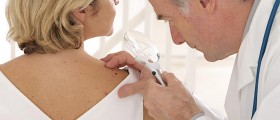
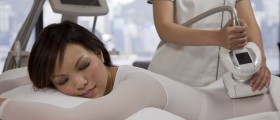
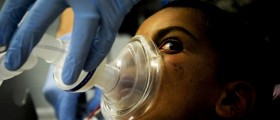
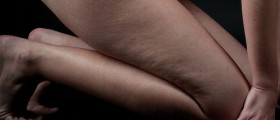



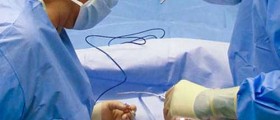

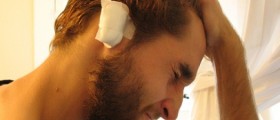
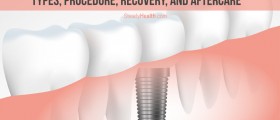
Your thoughts on this
Loading...